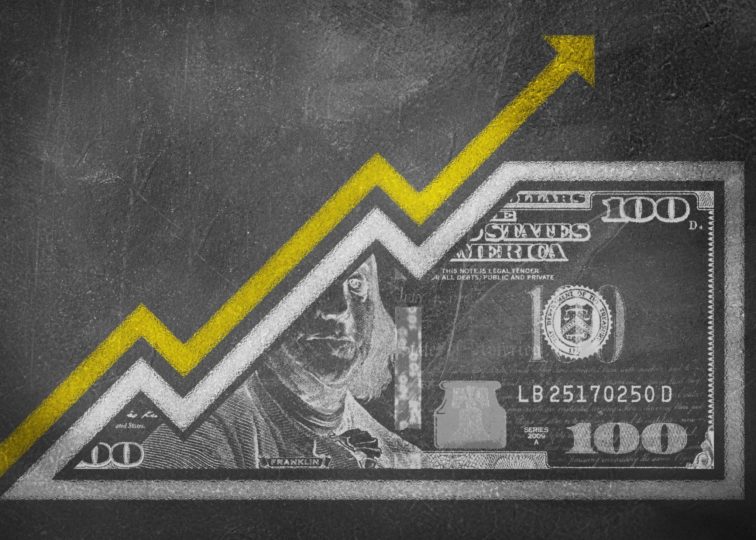
Blog
Fed’s Preferred Inflation Gauge Continues to Climb
April 28, 2023
Despite a yearlong effort to combat inflation, the Federal Reserve’s preferred inflation metric rose again in March.
The core personal consumption expenditures (PCE) index, which excludes food and energy, showed that prices were up 0.3% from the month prior, in line with economist expectations. On an annual basis, the core PCE increased 4.6%, slightly above expectations and down just 0.1% from February’s annual increase.
The topline PCE reading, which includes the more volatile food and energy components, was up just 0.1% from the previous month and up 4.2% on an annual basis, down substantially from 5.1% in February. The PCE hit its recent peak of 7% in June 2022, the highest level since 1981.
The topline reading was so much higher because of rapidly falling energy costs, which were down 3.7% for the month. Consumers also got some relief from lower food prices, which were down 0.2%, as were goods prices. Services, which have been one of the main contributors to inflation as of late, were up 0.2% for the month.
In another key inflation measure for the Fed, the employment cost index, was up 1.2% during the first quarter, higher than the 1% estimate from Dow Jones economists.
While the annual inflation rates are down from the peaks hit last year, they remain well above the Fed’s 2% inflation target, and the slow decline suggests that inflation is proving to be stickier than the Fed had expected.
Since March of last year, the Fed has raised its benchmark interest rate nine times, bringing it from essentially zero to 4.75% in a historically short period of time. The Fed is widely expected to hike rates by another quarter percentage point at its upcoming meeting in early May before pausing to assess the impact that tighter monetary policy is having on the economy.
